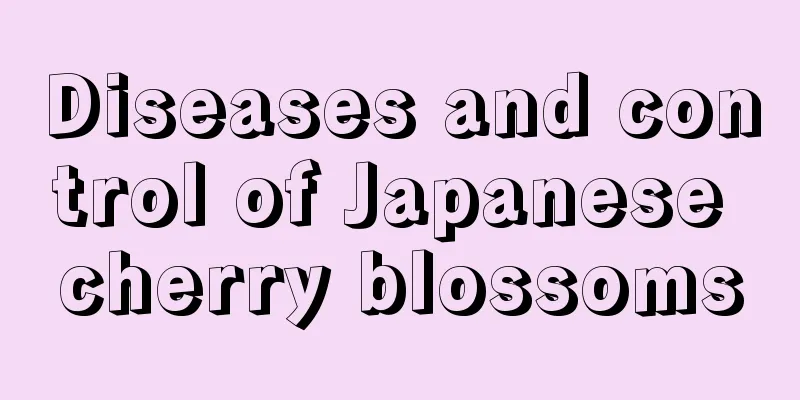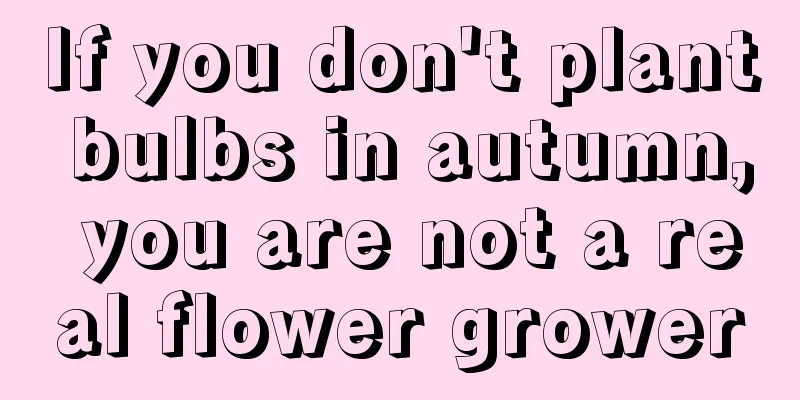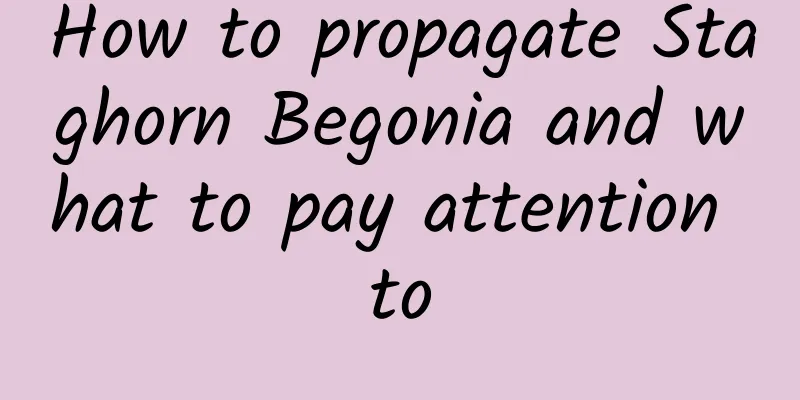Diseases and control of Japanese cherry blossoms

ClubrootThe disease occurs at the root neck on the ground or close to the ground, or may also occur at the junction of the rootstock and scion, causing the plant to be short and grow poorly. Symptoms include the formation of tumors of various shapes at the roots of the plants when the disease occurs. Most of them are brown in color, with a rough surface and often cracks. The prevention and treatment methods are as follows: Dig out the diseased Japanese evening cherry plants and rinse the soil off the roots. Then soak the roots in 1% copper sulfate solution for about 5-8 minutes, then take them out and rinse them. After that, remove and rinse it. If there is a tumor, it needs to be removed and 0.1% mercuric chloride solution is applied to the wound. Finally, it can be replanted. anthraxIn the early stage of the disease, circular spots appear on young leaves, and when these spots heal, perforations will form. After June, the leaves become hard, and irregular, rough spots appear on the leaf surface, which are brown in color. In severe cases, a large amount of leaves will fall and buds will die. The prevention and treatment methods are as follows: Generally, 50% carbendazim wettable granules at 500 times solution, or 70% mancozeb wettable granules at 1000 times solution can be sprayed alternately every 7-10 days for prevention and control. It is necessary to spray 3 or 4 times in a row. It must be noted that the leaves cannot be sprayed during the disease period. Leaf hole diseaseWhen the disease occurs, initially small gray-brown round spots appear on the leaves, which gradually expand into circular spots with a diameter of about 3 cm. The specific characteristics of the spots are that they have clear boundaries, the outside of the spots are purple-brown, and the inside of the spots are white-brown with ring patterns. After the spots fall off, irregular perforations are formed. The prevention and treatment methods are as follows: After the disease occurs, spray 1000 times diluted 50% Carranon every 10 days for prevention and control, and spray 3-4 times in a row. |
<<: Diseases and Pests of Flame Tree and Their Control
>>: Diseases and Pests of Tuberose and Their Control
Recommend
The reason why the roots of Spathiphyllum leaves turn black
1. Too much watering Although Spathiphyllum likes...
When is the best time to prune potted crape myrtle?
The role of pruning potted crape myrtle The flowe...
How to eat hawthorn? Can children eat hawthorn?
1. How to eat 1. Eat raw: There are many ways to ...
When is the best time to plant grapes?
Grapes are a very popular fruit variety that usua...
Characteristics of Pear Trees
1. Appearance characteristics 1. The leaves of th...
The difference between Dianthus barbatus and Dianthus
1. Difference of blades The leaves of Dianthus ba...
How often to fertilize sugarcane and what is the time and method of fertilization
How often should sugarcane be fertilized? Sugarca...
What to do if the leaves of the hanging bamboo plum turn green
Why do the leaves of the hanging bamboo plum turn...
Where does Mimosa pudica grow? Where does it usually grow?
Mimosa is a perennial herb, named because its lea...
How to breed red tetra?
The red tetra is a small tropical fish , loved by...
Differences between Liverwort and Selaginella
1. Different leaves The leaves of Marchantia are ...
How to spend the summer in Yale Dance
1. The heat in midsummer is unbearable, with temp...
Can lard be used as fertilizer?
Lard as fertilizer Lard can be used as fertilizer...
Is it profitable to grow Niu Dali? What are the prospects and profits of planting?
Is it profitable to grow Niu Dali? Gnaphalium wil...
How to treat yellowing of lucky bamboo leaves and what to do if the leaves wither
1. Reduce light Reason: It is a shade-tolerant pl...









